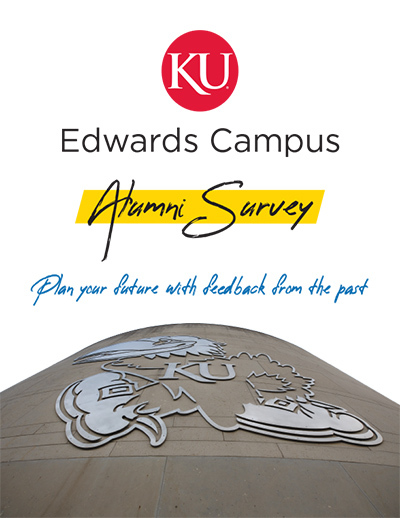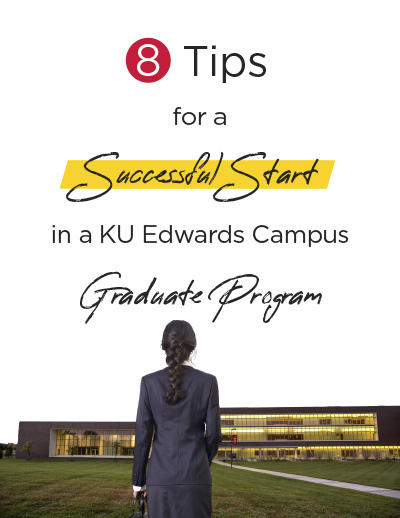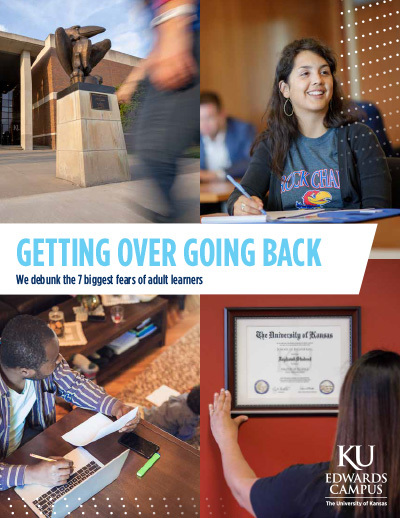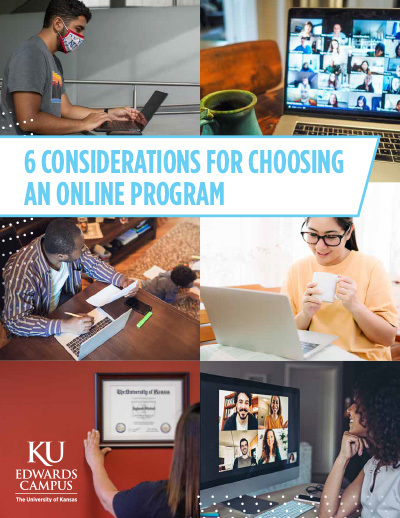Rethink Your Mass Emails: Target Your Stakeholder Communication

Making change in a big organization is never easy. What’s one way to give your project its best chance at success? Target and adapt your communication to the people who matter most.
That’s the message from Angie Pastorek, Ph.D., who manages the four-course Professional Workplace Communication Graduate Certificate program at the KU Edwards Campus in Overland Park. This spring, she led 50 attendees from the Kansas City chapter of the Association for Talent Development through a seminar on stakeholder communication.
“What we often do in organizations is just send out one email, have one meeting and send everybody the same message,” Pastorek said. Instead, she said, communications should be focused on “a group, or individuals, with the ability to impact the success of your project.”
But how do you decide who those individuals or groups are? Pastorek offers three criteria, based on research cited in the 2011 book “Organizational Change,” by researcher and consultant Dr. Laurie Lewis:
- Power: The stakeholder has the ability to move your project along — or the leverage to slow it down. “There is power that comes from a job title,” Pastorek said. “But there’s also power that comes from informal influence — you want to be aware of that.”
- Legitimacy: The stakeholder has a financial, resource, reputational or ethical claim to the project’s success or failure.
- Urgency: The stakeholder has an urgent claim that will motivate them to take action now in support of or resistance to your project — say, an operations director with a deadline to ship a new product created by your project.
“When we start to think about stakeholders in this way — rather than, ‘Oh, time to send out an email to everybody about this system launch — we can actually help improve the long-term outcomes of the project.”
Defining your stakeholders doesn’t mean just whittling down your email list, though. It means being thoughtful and strategic about your communications with the folks who do have a claim on your project. That means, among other things, scheduling more face-to-face chats or video web conferences to ensure that communication with stakeholders is as clear and personable as possible.
“In real time, you can respond much more effectively, and that prevents the miscommunication that can happen when we have emails flying back and forth all day,” Pastorek said.
That means targeted communication can sometimes be less efficient, she said. But it is worth it.
"You can't have any successful product if you don't invest the time in a messy and time-consuming process that is, first, planning for more effective communication — and then engaging in that communication,” Pastorek said.
Heidi Matthews of the Association for Talent Development said Pastorek’s instruction proved valuable to her members at their February meeting.
“The chatter afterward was about how members were going to use the model Angie shared,” Matthews said. “Many had not thought about the influencers they deal with to accomplish their program goals.”
Matthews added: “We are always delighted to partner with KU Edwards.”
What If They’re Not a Stakeholder
Not everybody who wants to have a voice in a project should. Some people within the organization will be left out, Pastorek said. The best way to handle that: a direct conversation.
Pastorek modeled what a conversation with an opinionated non-stakeholder might sound like:
“I appreciate your concern. Here's what we're doing right now. If we have any need that you can help with for this, I'll definitely reach out. But we’ve got things under control.”
For more workplace communication insight, browse and register for these free Link & Learns.
The Professional Workplace Communication Graduate Certificate is supported by the Johnson County Education Research Triangle.





